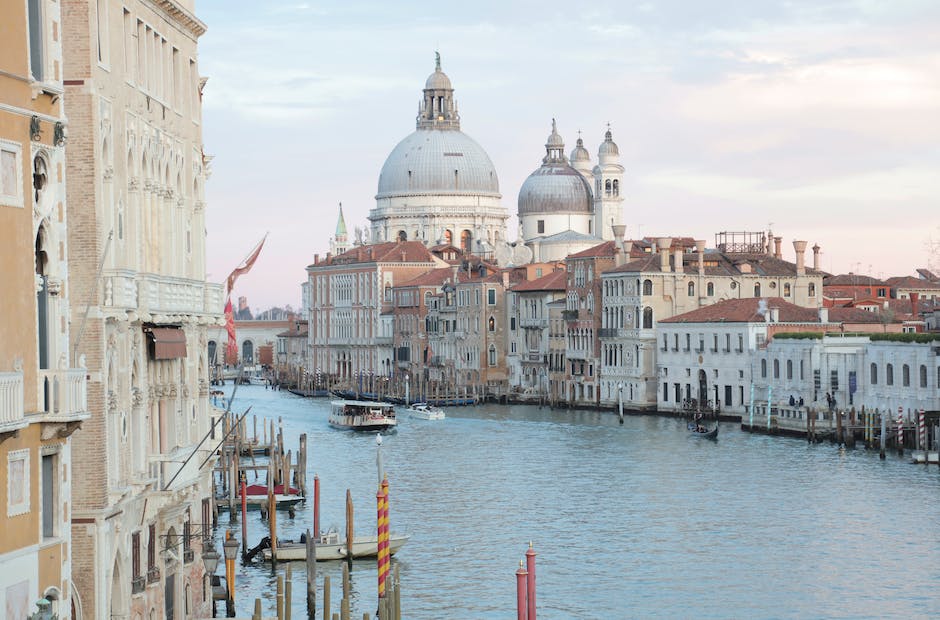Europe is a continent renowned for its rich history, diverse cultures, and stunning landscapes. With a plethora of countries within its bounds, Europe is a treasure trove awaiting exploration. But have you ever wondered just how many countries make up this captivating continent? In this blog post, we will delve into the question of the number of countries in Europe and provide you with an informative overview.
Whether you are a traveler planning your next European adventure or simply curious about the region, join us as we unravel the geographical composition of Europe and shed light on the boundaries that define its nations. Let’s embark on a journey of discovery to uncover Europe’s hidden gems and learn more about the countries that shape this unique and vibrant continent.
Just how many countries are there in Europe
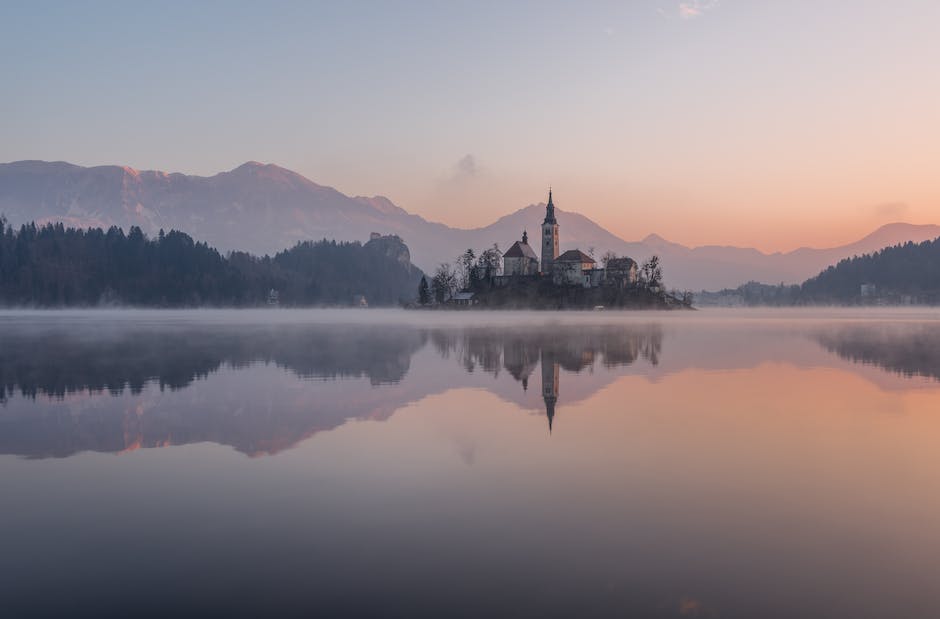
Europe is a diverse continent known for its rich history, cultural heritage, and stunning landscapes. Exploring Europe has always been an exciting prospect for travelers. However, before embarking on a European adventure, it is essential to understand the continent’s political geography.
In total, there are 44 countries in Europe, including recognized sovereign states and partially recognized territories. The exact number of countries in Europe may vary depending on the sources and political affiliations considered. The European continent stretches from the Atlantic Ocean in the west to the Ural Mountains in the east, and from the Arctic Ocean in the north to the Mediterranean Sea in the south.
Europe is home to some of the world’s most iconic countries, such as France, Germany, Italy, Spain, and the United Kingdom. Each of these countries boasts its own unique history, culture, and language. Additionally, several smaller nations like Luxembourg, Andorra, and Liechtenstein add to the diversity of the European landscape.
Furthermore, the continent includes microstates such as Monaco, San Marino, and Vatican City, which are prestigious for their limited territorial size but hold significant cultural and historical importance. Additionally, some territories in Europe have unique political statuses, like Gibraltar, an overseas territory of the United Kingdom, or Greenland, an autonomous territory within the Kingdom of Denmark.
It’s worth noting that political boundaries are fluid and can change over time. New countries may emerge, or existing ones may merge or split. This dynamic nature is reflected in European history, where borders have been redrawn multiple times due to wars, treaties, or peaceful negotiations.
Understanding the number of countries in Europe is crucial for various purposes, whether it’s planning a trip, conducting business internationally, or studying the continent’s geopolitical dynamics. It’s a reminder of Europe’s vastness and diversity, providing endless opportunities to explore, learn, and connect with people of different backgrounds.
The curiosity around this question
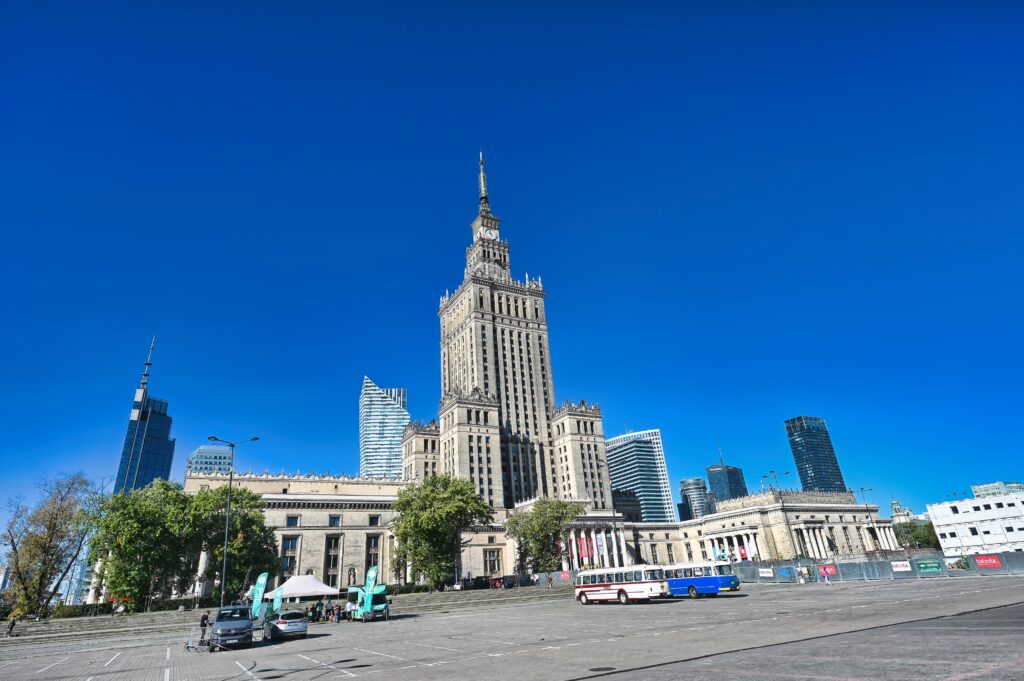
Europe, known for its rich history, cultural diversity, and breathtaking landscapes, is a continent that has captured the curiosity of many. With its numerous countries, each boasting its own unique charm and allure, it is only natural for people to wonder: how many countries are there in Europe?
This seemingly simple question holds great importance for those who are fascinated by the continent and those who are planning to visit or do business in Europe. Knowing the exact number of countries allows for a better understanding of the size and magnitude of the region. It helps individuals gain insights into the political landscape and the different governing bodies that exist within Europe.
Not only is this question significant from a geographical and political perspective, but it also triggers an innate curiosity within individuals. After all, Europe is a treasure trove of adventures and experiences waiting to be explored. Whether it’s exploring the enchanting castles of Scotland, savoring the delectable cuisine of Italy, or immersing oneself in the vibrant street life of Spain, Europe offers an abundance of destinations to entice every traveler.
Furthermore, for businesses looking to expand internationally, having an understanding of the number of countries in Europe proves valuable. It helps in comprehending the potential markets and target audiences available, enabling companies to strategize and tailor their products or services accordingly.
So, how many countries are there in Europe? The answer may surprise you! While the exact number has been a topic of debate due to varying perspectives on what defines a country, the generally accepted answer is 44. However, it is crucial to note that this number can fluctuate based on geopolitical changes, such as political unions or new countries emerging.
In conclusion, the question of how many countries in Europe not only sparks curiosity but holds significance for those who wish to explore or do business on the continent. Europe’s diverse landscapes, rich history, and captivating cultures beckon adventurers and entrepreneurs alike. Understanding the number of countries in Europe provides valuable insights into the region’s political and geographical landscape, helping individuals and businesses navigate the opportunities and challenges that lie ahead.
Definition of Europe

Europe is home to a diverse range of countries, each contributing to its rich tapestry of history, culture, and economic development. But before delving into the question of how many countries make up this fascinating continent, let’s first define what we mean by “Europe.”
Geographically, Europe is bordered by the Arctic Ocean to the north, the Atlantic Ocean to the west, the Mediterranean Sea to the south, and Russia’s Ural Mountains to the east. However, strictly defining Europe based on these physical boundaries alone would overlook its sociopolitical and historical significance.
From a political standpoint, Europe is predominantly represented by the European Union (EU), an economic and political partnership comprising 27 member states. These countries have chosen to collaborate on various issues, such as trade, human rights, and environmental regulation, to foster mutual growth and stability. However, it’s important to note that not all European countries are part of the EU.
Historically, Europe has been influenced by an array of empires, kingdoms, and civilizations, resulting in diverse cultures, languages, and traditions. While some countries have experienced significant political changes over time, such as the dissolution of the Soviet Union, others have retained their national independence for centuries.
So, how many countries are there in Europe? The answer depends on how you define a country. According to the United Nations, there are 51 countries in Europe, including transcontinental countries like Russia and Turkey, which belong to both Europe and Asia. However, this number may vary depending on political recognition and disputes over sovereignty.
It’s worth mentioning that the concept of Europe extends beyond just political boundaries. Europe also includes regions with varying degrees of autonomy, such as autonomous communities within larger countries like Spain or the constituent countries of the United Kingdom.
In conclusion, while we often consider Europe as a cohesive continent, defining its exact boundaries and the number of countries it comprises can be fluid and subject to interpretation. Europe is a complex tapestry woven together by geographical, historical, and sociopolitical factors, creating a culturally diverse and economically vibrant region.
The geographical boundaries of Europe
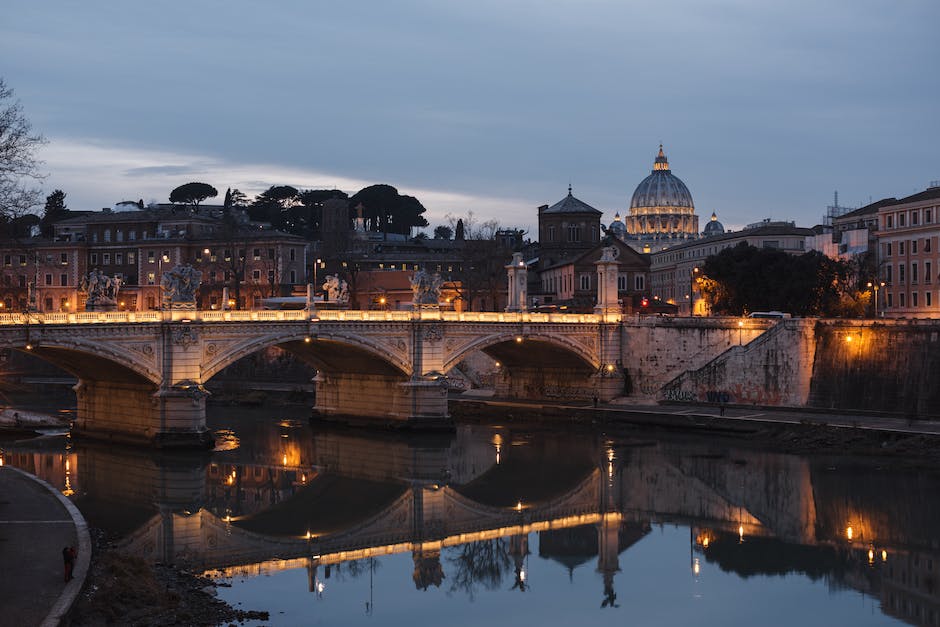
Europe is a continent steeped in rich history, diverse cultures, and stunning landscapes. When it comes to understanding the geographical boundaries of Europe, things can get a bit complicated due to different definitions and perspectives. While most people associate Europe with the European Union member states, the truth is that the concept of Europe extends beyond this political and economic union.
From a traditional perspective, Europe is defined by its continental boundaries and occupies the westernmost part of Eurasia. Geographically, Europe is surrounded by the Arctic Ocean to the north, the Atlantic Ocean to the west, and the Mediterranean Sea to the south. The Ural Mountains in Russia are often considered the eastern boundary, although opinions on this vary.
One common point of confusion is the inclusion of some countries that are geographically located in Asia but are culturally and historically linked to Europe. Take Russia, for example. Although the majority of its landmass lies in Asia, its westernmost regions, including major cities such as Moscow and Saint Petersburg, are in Europe. As a result, Russia is considered a transcontinental country, straddling both Europe and Asia.
So, how many countries in Europe? Well, it depends on the definition one chooses to follow. The European Union consists of 27 member states, including well-known countries like Germany, France, Italy, and Spain. However, not all European countries are part of the EU.
According to the United Nations, there are 50 countries in Europe, including countries like Norway, Switzerland, and Russia. This broader definition considers geographical and historical factors, extending the boundaries to encompass areas that aren’t part of the EU.
On the other hand, some organizations, like the Council of Europe, include additional regions in their definition of Europe, bringing the total count to 47 countries. These additional regions include territories such as Kosovo and Northern Cyprus, which have a partially recognized status worldwide.
In conclusion, the exact number of countries in Europe is subjective and dependent on the definition one follows. Whether you consider the European Union, the United Nations, or other organizations as the guiding authority, Europe encompasses a diverse range of countries that contribute to its vibrant culture, economic prowess, and remarkable beauty. Understanding the geographical boundaries of Europe ensures a more comprehensive perspective on this intriguing continent.
The difference between Europe as a continent and the European Union
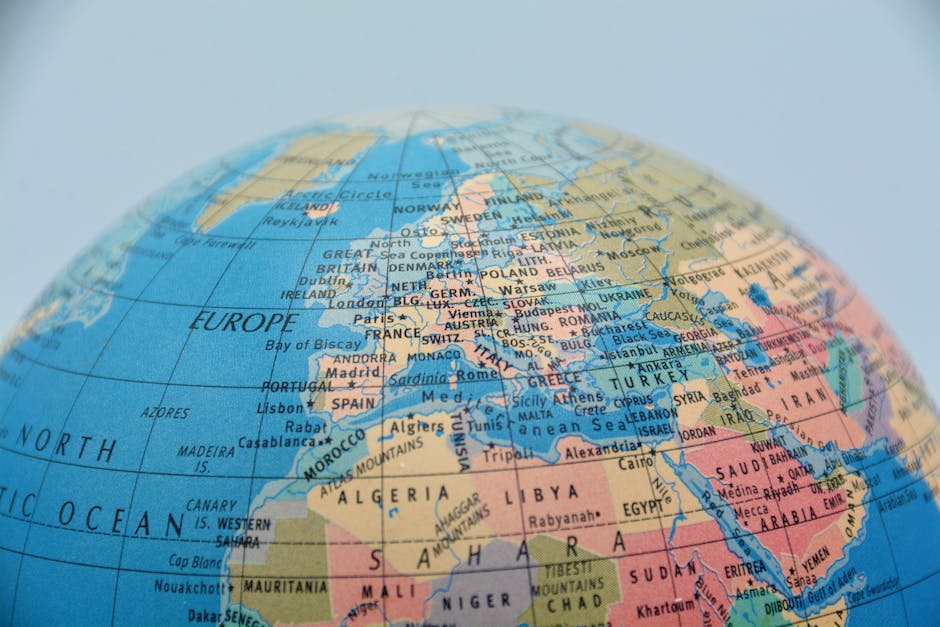
Europe, often referred to as a continent, comprises 44 countries, each with its own distinct culture, history, and political structure. However, it is essential to note that Europe as a continent and the European Union (EU) are not synonymous.
While Europe is a geographical entity, the EU is a political and economic union consisting of 27 countries across the European continent. The EU was established with the aim of promoting peace, stability, and economic prosperity among its member states.
It is crucial to understand that not all European countries are part of the EU. For instance, countries like Norway, Switzerland, and Iceland are located in Europe but are not part of the EU. On the other hand, some countries, such as Cyprus and Malta, are members of the EU despite being small and population.
The EU functions through the integration of its member states, wherein decisions on trade, policies, and regulations are made collectively, promoting cooperation and collaboration. The EU operates on principles such as the free movement of goods, services, capital, and people within its borders.
Europe as a whole, encompassing both EU and non-EU countries, is a diverse continent with a rich history, cultural heritage, and economic development. It is home to various languages, traditions, and economic systems. While the EU plays a significant role in shaping the region’s dynamics, it is important to acknowledge the independence and unique characteristics of each European nation.
Understanding the distinction between Europe as a continent and the EU is essential, especially when discussing topics such as politics, trade, or travel. Recognizing that not all European countries are part of the EU helps to broaden our perspective when analyzing the complexities and diversity within the European region.
In conclusion, Europe as a continent consists of 44 countries, while the European Union is a political and economic union of 27 member states. Although the EU plays a crucial role in shaping the dynamics of Europe, it is important to recognize the diversity and individuality of each European nation beyond the boundaries of the Union.
Historical context
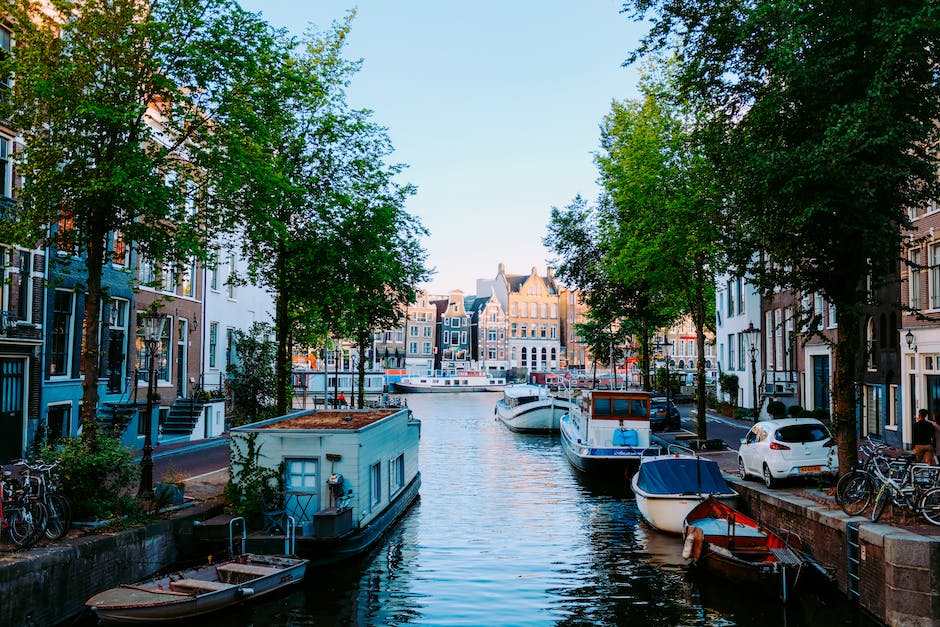
Europe, a continent steeped in history, has undergone remarkable transformations over the centuries. Understanding the historical context is crucial when exploring the number of countries in Europe. The concept of a defined country, as we know it today, is a relatively recent development, emerging from the complex and intricate tapestry of European history.
The concept of nation-states in Europe began to take shape during the Middle Ages when feudalism reigned supreme. Feudal territories were governed by lords, and borders were ambiguous, often shifting due to power struggles and territorial disputes. It is difficult to ascertain the precise number of “countries” during this era, as the political landscape was fragmented.
The Renaissance and the Age of Exploration in the 15th and 16th centuries brought significant changes to Europe. New discoveries, expeditions, and colonization efforts resulted in the establishment of overseas territories and trading posts. These regions, controlled by European powers, were extensions of their empires but were not considered independent countries in the strictest sense.
The Treaty of Westphalia in 1648 was a significant turning point in European history. It marked the end of the Thirty Years’ War and established the principles of state sovereignty and the concept of the nation-state. The treaty solidified the idea that each sovereign state possessed independent control over its territory, government, and internal affairs. However, this did not automatically translate into the neat borders and defined countries we associate with the modern nation-state.
The 19th and 20th centuries witnessed profound changes in Europe, including the Industrial Revolution, the rise and fall of empires, and numerous geopolitical shifts. These events shaped the modern political landscape and contributed to the formation of new countries. The process of decolonization also led to the emergence of independent nations, particularly after World War II.
Today, there are 44 recognized countries in Europe, including transcontinental countries and microstates. However, defining the precise number of countries is not without debate, as some regions have pursued autonomy or independence but remain unrecognized by the international community.
In conclusion, understanding the historical context is essential when discussing the number of countries in Europe. Europe’s complex and diverse history has given rise to a variegated political landscape, making it challenging to determine the exact count. Nevertheless, recognizing the historical changes and developments that have shaped Europe’s borders and nations is crucial in comprehending the continent’s current political makeup.
Historical formation of European countries

The historical formation of European countries is a fascinating and complex topic that is crucial to understanding the current geopolitical landscape of the continent. Europe’s history spans thousands of years and is marked by various events and influences that have shaped the boundaries and identities of its nations.
The earliest civilizations that arose in Europe, such as the ancient Greeks and Romans, laid the foundations for the development of many countries in the region. These early city-states and empires expanded their territories through conquest and colonization, establishing their dominance over vast stretches of land.
During the Middle Ages, feudalism became the prevailing social and political system in Europe. Feudal lords ruled over smaller territories and pledged allegiance to a higher-ranking nobility or monarch. This feudal structure led to the formation of numerous small states and principalities, each with its own unique cultural and linguistic characteristics.
The process of consolidation and centralization began in Europe during the Renaissance and continued into the early modern period. Monarchs and rulers sought to unify their territories and assert their authority, leading to the formation of larger nation-states. This period saw the emergence of prominent European powers such as Spain, France, England, and the Holy Roman Empire.
The Peace of Westphalia in 1648 marked a significant turning point in Europe’s history by introducing the concept of state sovereignty. This treaty ended the Thirty Years’ War and established the principle that each nation had the right to govern itself within its own defined borders. This principle of sovereignty continues to shape European countries and their relationships with one another.
The colonization and imperial expansion of European powers in the 16th to 20th centuries also played a significant role in shaping the modern map of Europe. Countries like Portugal, Spain, France, and Britain established colonies around the world, extending their influence and contributing to the spread of their languages and cultures.
In the aftermath of two devastating world wars, Europe underwent a process of reconfiguration, resulting in the emergence of new countries and the redrawing of borders. The breakup of empires, including the Austro-Hungarian Empire and the Ottoman Empire, created opportunities for the establishment of independent states.
The end of the Cold War in 1991 further reshaped the geopolitical landscape of Europe. The collapse of the Soviet Union led to the emergence of newly independent countries in Eastern Europe, such as Lithuania, Latvia, and Estonia, and the reunification of Germany.
Today, Europe consists of approximately 50 countries, each with its own unique history, culture, and political structure. The historical formation of these countries, marked by conquest, consolidation, colonization, and decolonization, has shaped the continent’s diversity and ongoing challenges in achieving political and economic integration. Understanding Europe’s historical background is essential for grasping the complexities of its current affairs and the dynamics between its nations.
Political changes on the number of countries
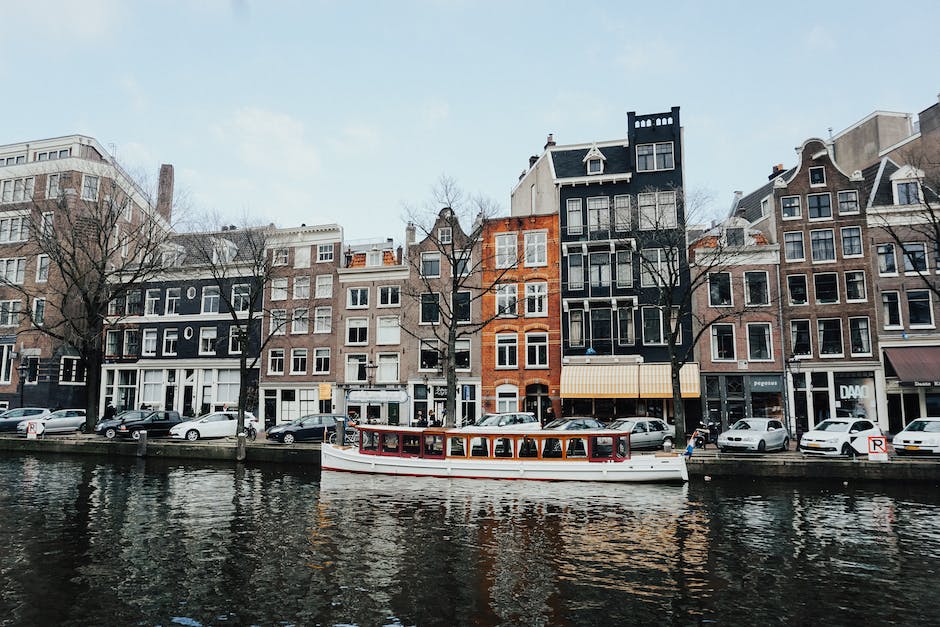
With the ever-evolving political landscape, the number of countries in Europe has seen significant changes over the years. Political events such as the dissolution of empires, the end of conflicts, and the establishment of new states have played a crucial role in shaping the European continent.
One of the most significant political changes that impacted the number of countries was the fall of the Soviet Union in 1991. This historic event led to the emergence of several independent nations, such as Estonia, Latvia, Lithuania, Ukraine, Belarus, and many others. These newly established countries redefined the boundaries of Europe and contributed to the overall increase in the number of nations on the continent.
Another significant political change that affected the number of countries in Europe was the breakup of Yugoslavia. In the early 1990s, the Yugoslav Wars resulted in the disintegration of the federation and the formation of several independent states, including Croatia, Slovenia, Bosnia and Herzegovina, Serbia, Montenegro, and North Macedonia. This breakup reshaped the political map of Europe and highlighted the challenges of ethnonationalism and self-determination.
Political changes also occur through peaceful means, such as referendums and diplomatic negotiations. For instance, the Czech Republic and Slovakia peacefully split in 1993, leading to the creation of two separate countries. Similarly, the peaceful separation of Norway from Sweden in 1905 and the peaceful separation of Ireland from the United Kingdom in 1922 also altered the number of countries in Europe.
However, it is essential to note that political changes can also result in the consolidation of countries. The European Union, for example, has led to increased integration and the creation of a supranational identity. As a result, some countries in Europe, like Germany and France, have given up some of their sovereignty to participate in the EU project. This trend towards integration has led to a blurring of national boundaries and challenges the traditional notion of the number of countries in Europe.
In conclusion, political changes have a profound impact on the number of countries in Europe. The breakup of empires, the end of armed conflicts, peaceful separations, and regional integration through organizations such as the EU have all influenced the changing political landscape of the continent. Understanding the historical and political context behind these changes is crucial to grasp the complexity of the number of countries in Europe.

